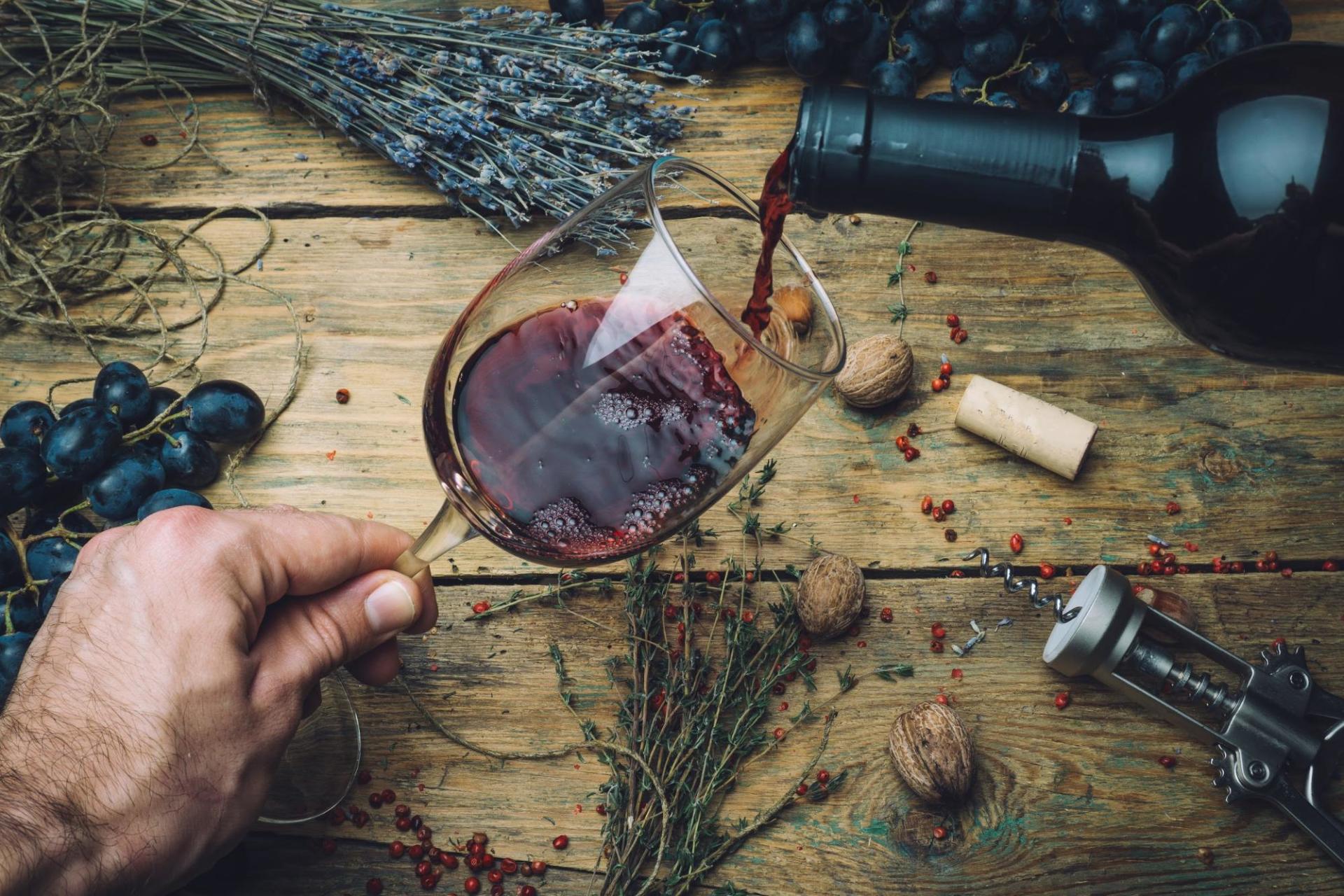Learn About Sangiovese: Wine, Grapes, Regions, and Tasting Notes
Written by MasterClass
Last updated: Aug 10, 2021 • 3 min read
Sangiovese is Italy’s best known and most widely planted type of grape. More subtle than other red wine varieties like pinot noir and cabernet sauvignon, sangiovese is nevertheless one of the most popular and beloved grapes used to make wine.
Learn From the Best
What Is Sangiovese?
Sangiovese is a red wine grape varietal indigenous to Italy. The sangiovese grape is able to adapt to and flourish in many varied environments. Due to its versatility, sangiovese is one of the most diverse grape varieties used in winemaking. Wines made with sangiovese grapes can turn out tasting extremely different, based on climate, terroir, and process. Sangiovese may also go by other names, including sangiovese grosso or brunello.
How Do You Pronounce “Sangiovese”?
An Italian word, sangiovese is pronounced “san-jo-VAY-zee.” The name sangiovese is derived from the Latin for the “blood of Jove,” referencing the ancient Roman god, Jupiter.
What Are the Characteristics of the Sangiovese Grape?
Although sangiovese grapes can adopt the characteristics of their environments, they maintain commonalities across regions. Sangiovese grapes have:
- Thin skins
- Light color
- Fine tannins
- Long growing seasons
While sangiovese grapes can successfully grow most places, they tend to grow best in hot, dry climates, and like limestone soils. The resulting wine ages well in barrels, and generally has medium levels of alcohol, typically between 13-14% ABV.
What Are the Best Regions for Sangiovese?
Although first discovered and produced in Italy, the sangiovese grape now grows on over 175,000 acres of land across the world. The top sangiovese-producing wine regions include:
- Italy. Sangiovese accounts for 10 percent of all grapes grown in the country. Sangiovese grapes are famously native to Tuscany, but the varietal is also grown in other Italian regions, including Umbria, which borders Tuscany in Central Italy, Campania in Southern Italy, and Romagna, where the grape is known as Sangiovese di Romagna.
- France. The French island of Corsica is the second largest producer of sangiovese grapes, which are known locally as nielluccio.
- Argentina. Sangiovese was introduced to Argentina during the late 19th century by Italian immigrants. Today, the Mendoza region hosts most of Argentina’s sangiovese growers and winemakers.
- United States. Sangiovese saw renewed interest in the United States after the success of Super Tuscan wines in the 1980s. Sangiovese producing areas include the California regions of Napa Valley and Sonoma County, as well as Washington state.
- Australia. Sangiovese is grown in Barossa Valley of South Australia.
What Does Sangiovese Wine Taste Like?
Wines made from sangiovese grapes are medium to full bodied, dry, and highly acidic, with fruity and savory flavors. Common sangiovese wine flavors and aromas include:
- Plum
- Cherry
- Herbs
- Violets
- Licorice
- Leather
- Clay
- Brick
- Tobacco
- Smoke
What Is the Difference Between Sangiovese and Chianti?
Generally, sangiovese refers to a specific red grape variety, while Chianti refers to a type of Italian wine. All Chianti wines contain sangiovese grapes, blending them with cabernet, merlot, or syrah, which provides the wine with a silkier texture, fine finish, and even more fruity flavors than 100% sangiovese wine.
Sangiovese grapes are used to make more than just Chianti wines. Other wines that contain sangiovese grapes include wines of the same name made from 100% sangiovese, as well as Super Tuscans, rosé, and Vin Santo.
What Is the Difference Between Sangiovese and Super Tuscans?
Super Tuscan wines are blends made primarily with sangiovese. But unlike Chianti, which is made only with Italian grapes, Super Tuscans also use French Bordeaux grapes instead of, or in addition to, traditional grapes of the region.
What Are the Best Sangiovese Wine Pairings?
With its strong flavors and texture, sangiovese is a wine that lends itself well to savory carbohydrates, smoky meats, and firm cheeses like Parmesan or Provolone. Try enjoying a glass of Brunello di Montalcino Castelgiocondo, Vino Nobile di Montepulciano, or another sangiovese wine with one of the following food pairings:
Want to Learn More About Wine?
Whether you’re just starting to appreciate the difference between a pinot gris and pinot grigio or you’re an expert at wine pairings, the fine art of wine appreciation requires extensive knowledge and a keen interest in how wine is made. No one knows this better than James Suckling, who has tasted more than 200,000 wines over the past 40 years. In James Suckling’s MasterClass on wine appreciation, one of the world’s most prominent wine critics reveals the best ways to choose, order, and pair wines with confidence.
Want to learn more about the culinary arts? The MasterClass Annual Membership provides exclusive video lessons from master chefs and wine critics, including James Suckling, Chef Thomas Keller, Gordon Ramsay, Massimo Bottura, and more.
